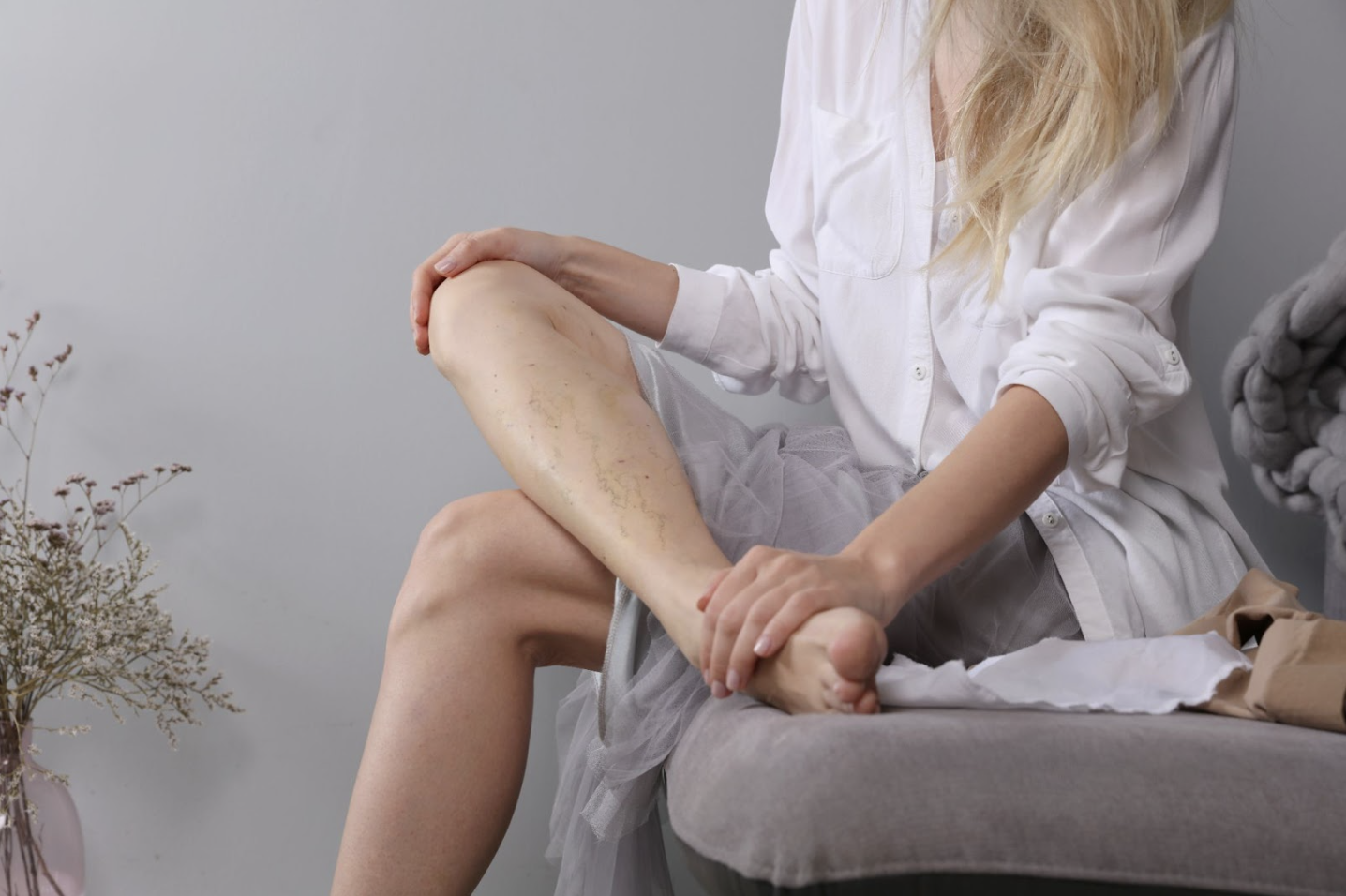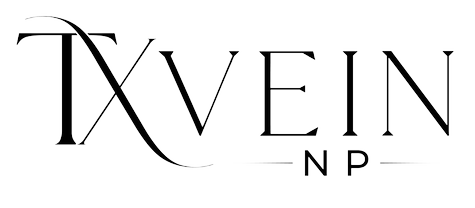- 940-233-8181
- Open 9:00 AM – 5:00 PM

Sclerotherapy vs. Laser Therapy: Choosing Your Vein Treatment
When it comes to treating spider and varicose veins, patients are often presented with a choice between sclerotherapy and laser therapy. Both treatments are effective, minimally invasive, and offer quick recovery times, but understanding the nuances between them can help you make an informed decision. At TX Vein Experts, we specialize in advanced vein treatments, including sclerotherapy and laser therapy, designed to restore the health and appearance of your legs.
Understanding Sclerotherapy
Sclerotherapy is a proven treatment for spider veins and smaller varicose veins. This procedure involves injecting a solution directly into the vein, causing it to collapse and fade over time. The body naturally reroutes blood to healthier veins, improving circulation. Sclerotherapy is renowned for its effectiveness, minimal discomfort, and quick procedure time, often taking less than an hour. It's an ideal choice for patients looking for a time-tested solution to spider veins and smaller varicose veins.
The Advantages of Laser Therapy
Laser therapy, on the other hand, uses targeted laser energy to seal off damaged veins, causing them to dissolve and disappear. This method is particularly effective for smaller spider veins and is favored for its precision and the ability to treat veins that might be difficult to address with sclerotherapy. Laser therapy is non-invasive, with no needles involved, making it an attractive option for patients who prefer to avoid injections.
Comparing the Treatments
When deciding between sclerotherapy and laser therapy, several factors come into play, including the size and location of the veins, patient comfort with injections, and the desired recovery timeline. Sclerotherapy is often preferred for larger spider veins and smaller varicose veins due to its high efficacy rate. Meanwhile, laser therapy might be the better choice for very small or superficial veins due to its precision and non-invasive nature.
What to Expect During Treatment
Both sclerotherapy and laser therapy are outpatient procedures, allowing patients to return to their daily activities shortly after treatment. With sclerotherapy, patients might experience mild discomfort during the injection, but this is generally well-tolerated. Laser therapy can cause a sensation similar to a rubber band snapping against the skin, but cooling devices are used to minimize discomfort.
Recovery and Results
Recovery from both treatments is relatively quick, with most patients resuming normal activities within a day. Compression stockings are often recommended after sclerotherapy to support the healing process. Results from sclerotherapy can be seen in as little as a few weeks, with full results typically visible within a few months. Laser therapy results may be noticeable sooner, but multiple sessions may be required for optimal outcomes.
Making Your Decision
Choosing between sclerotherapy and laser therapy depends on your specific condition, goals, and preferences. At TX Vein Experts, our specialists are dedicated to providing personalized consultations to help you understand your options and make the best choice for your vein health. We invite you to schedule a consultation to learn more about these treatments and how we can help you achieve beautiful, healthy legs.
In conclusion, both sclerotherapy and laser therapy offer effective solutions for treating spider and varicose veins, with each method having its unique advantages. By consulting with a vein specialist at TX Vein Experts, you can determine the most appropriate treatment plan tailored to your needs. Visit our treatment options page to explore the range of services we offer and take the first step towards revitalizing your vein health today.
This blog post aims to provide an in-depth comparison of sclerotherapy and laser therapy as vein treatment options, helping patients make informed decisions about their care. With the right treatment plan, achieving clear, healthy legs is within reach.
